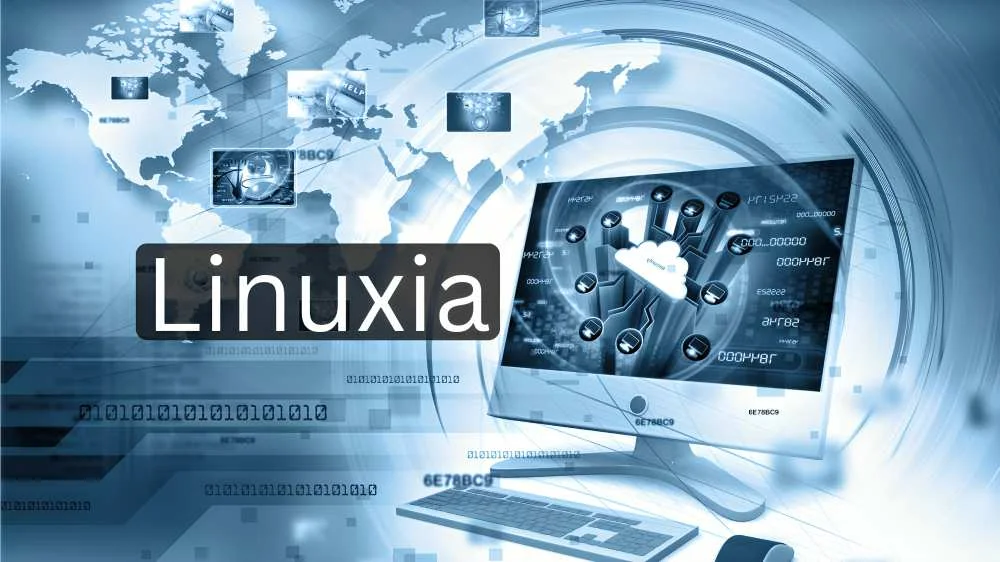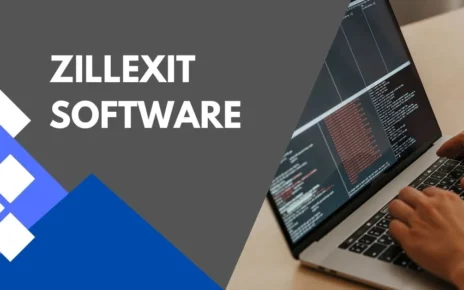The realm of computer systems is sizable, and navigating the extraordinary running structures may be daunting. If you’ve ever heard the term “Linuxia ” and puzzled what it includes, you’re in for an exciting exploration. This text serves as your gateway to Linuxia, a world brimming with open-supply opportunities.
What is Linuxia?
Linuxia is a time period used to encompass the extensive universe of Linux distributions. Unlike proprietary working systems like Windows or macOS, Linuxia offers a numerous atmosphere of loose and customizable alternatives. Think about it as an enormous library full of precise working systems, every catering to special wishes and possibilities. This open-supply software kernel, first developed by Linus Torvalds in 1991, acts as the core that manages conversation between your hardware and software program.
But what truly units Linux aside? right here are some key elements:
- Open Source: The cornerstone of Linuxia is its open-source nature. This means the source code is freely available for everyone to view, alter, and distribute. This fosters collaboration, innovation, and a feel of networking.
- Customization: One among the most important advantages of Linuxia is the extent of customization it offers. Unlike proprietary systems, you have granular management over the look, experience, and capability of your running machine. Whether or not you’re a strength user or an amateur, Linuxia lets you tailor your experience.
- Distro Diversity: Linuxia boasts an exceptional type of distributions, every catering to precise wishes. A few popular examples include Ubuntu (user-pleasant), Fedora Debian (stable), and Mint (newbie-pleasant).
- Security: Linuxia is normally considered a greater secure working gadget in comparison to its proprietary opposite numbers. The open-source nature lets in for continuous scrutiny of the code, mainly to faster identification and determination of vulnerabilities.
- Free and Open: Possibly the most significant thing of Linuxia is that maximum distributions are entirely free to apply and distribute. This opens doorways for those looking for an effective and cheap working device solution.
Why Choose Linuxia?
Now that you understand the essence of Linuxia, you are probably thinking why you have to recall venturing into this open-supply realm. Right here are a few compelling motives:
Embarking on Your Linuxia Journey: Getting Started
Equipped to dive into the arena of Linuxia?
- Choose Your Distribution: The first step is to select a Linux distribution that aligns along with your desires and enjoy the stage. In case you’re an amateur, keep in mind consumer-friendly options like Ubuntu or Mint. Extra experienced customers can discover distributions like Fedora or Debian.
- Download the ISO Image: As soon as you’ve chosen your distribution, head over to the reputable website and download the ISO photograph record. This record incorporates all of the essential installation files.
- Create a Bootable Live USB: This step involves creating a bootable USB drive that allows you to attempt out the Linux distribution earlier than putting in it in your pc. Many equipment are available for creating bootable USB drives, such as Rufus for windows or Etcher for all running systems.
- Boot from the Live USB: With the bootable USB power geared up, restart your computer and enter the BIOS/UEFI settings to configure it to boot from the USB power first. This lets you experience the Linux distribution in a live environment without enhancing your current device.
- Explore and Experiment: Take some time to explore the live environment of your chosen Linux distribution. Familiarize yourself with the desktop interface, applications, and overall functionality.
Installation (Optional):
if you’re at ease after exploring the stay surroundings and feel the chosen distribution fits your wishes. You can proceed with the installation process. Most distributions provide a consumer-friendly installation wizard in the live surroundings itself. here is a standard assessment of the set up steps:
- Start the Installer: Discover the set up icon within the live environment and release it.
- Partitioning: The installer will guide you through partitioning your difficult pressure. This involves allocating disk space for the Linux device. In case you’re new to partitioning, it is advocated to choose the “guided partitioning” option, which routinely creates appropriate partitions.
- User Creation: All through the set up, you’ll be prompted to create a consumer account and set a password. This account may be used to log in to your Linux system.
- Customization Options: Some installers offer customization alternatives throughout the set up technique. This might consist of deciding on your chosen computer surroundings or putting in additional software packages.
- Complete the Installation: Once you’ve got long past via the necessary steps, follow the on-screen prompts to complete the set up. This could involve restarting your computer.
Important Note: Earlier than proceeding with the installation, it is critical to lower back up any crucial facts you have got to your pc. While the installation system normally is going smoothly, there may be usually a slight threat of data loss.
Learning the Ropes of Linuxia
As soon as your Linux distribution is up and walking, it is time to get yourself up to speed with the system. here are a few helpful guidelines:
- Desktop Environment: Maximum Linux distributions provide one of a kind computer environments, every with its own appearance and experience. Popular options encompass GNOME, KDE Plasma, Cinnamon, and MATE. Spend a while exploring the features and functionalities of your selected laptop surroundings.
- Package Management: Linux distributions depend on package deal managers for putting in, updating, and removing software programs. The unique package manager will vary depending on your distribution (e.g., apt for Ubuntu/Debian, dnf for Fedora). Examine the basic instructions for using your package supervisor to control your software wishes.
- Command Line: The command line would possibly appear intimidating in the beginning. However it gives an effective manner to interact along with your Linux gadget. Start with primary commands like ls (listing documents), cd (alternate directory), and mkdir (create listing) to build your consolation stage.
- Online Resources: There are various online sources available that will help you examine and troubleshoot any problems you may come upon. Utilize forums, wikis, and tutorials precise to your preferred distribution.
Remember: Studying Linuxia takes time and practice. don’t be discouraged if you come across demanding situations to start with. The sizable community and wealth of resources are there to help your journey.
FAQs about Linuxia
Q: Is Linuxia difficult to learn?
A: The mastering curve for Linuxia can range relying on your earlier experience with computer systems. Beginner-friendly distributions provide a person-friendly experience, even as greater superior distributions might require a few technical understanding. But, the abundance of online resources and the supportive community make mastering Linuxia potential.
Q: Is Linuxia safe?
A: Commonly, Linuxia is taken into consideration as an extra secure operating device as compared to proprietary alternatives. The open-supply nature grants for constant examination of the code, principal to quicker ID and fixing of weaknesses.
Q: What are some well known Linux conveyances for fledglings?
A: Some famous novice-pleasant Linux distributions include Ubuntu, Mint, simple OS, and Zorin OS. These distributions offer user-pleasant interfaces, intuitive package managers, and enough network assist.
Q: Can I run Linuxia alongside my existing operating system (e.g., Windows)?
A: Sure, it is possible to run Linuxia along your current running device via a manner known as twin booting. This includes partitioning your tough drive and putting in Linux on a separate partition. Rather, you may use virtualization software programs like VirtualBox or VMware to create a virtual device that runs Linux inside your existing working system.
Conclusion
Linuxia offers a completely unique and empowering computing experience. With its open-supply nature, customizability, and strong community help, Linuxia is a possible opportunity for proprietary running structures. Whether you are a budget-conscious consumer, a protection-targeted individual, or absolutely someone. Who enjoys tinkering and personalizing their pc experience, Linuxia is well worth exploring. Take the first step, pick your distribution, and embark on your exciting journey into the world of open-source computing!




